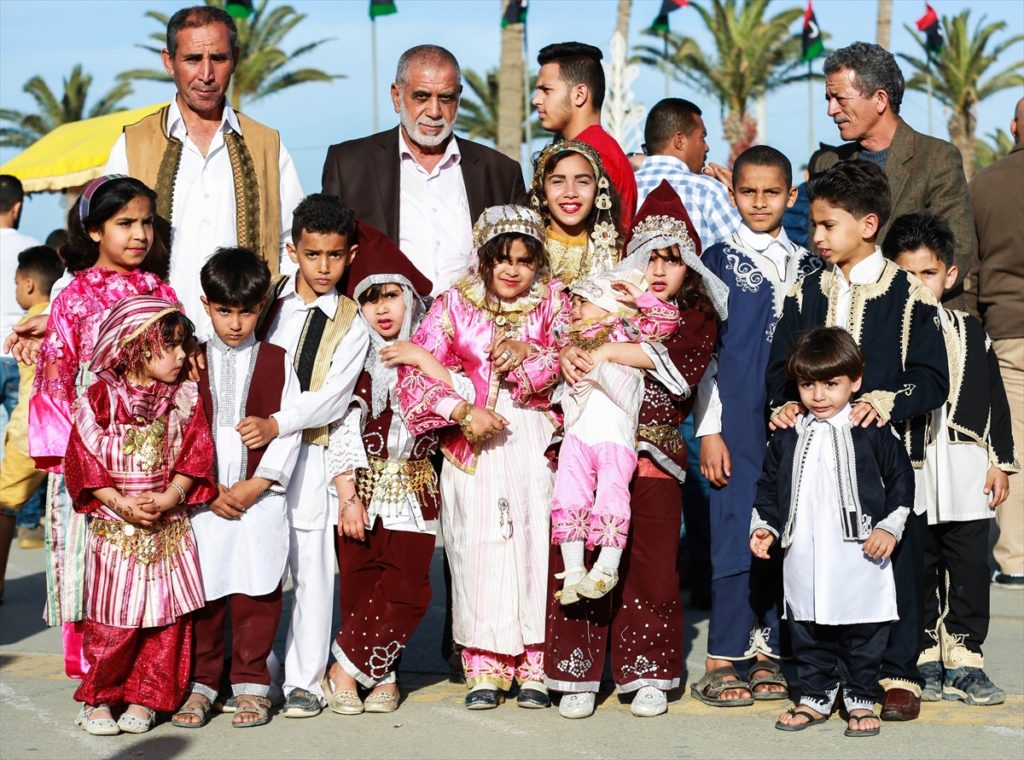About Libya
Libya is located in North Africa bordering the Mediterranean Sea to the north. Egypt is to the east, Sudan to the southwest, Algeria and Tunisia to the west, and Chad and Niger to the south.
Libya is Africa’s 4th largest county by area and covers 1,800,000 sq. km. In the world, it is the 17th largest nation. 6,549,344 million live in Libya and 1.7 million in Tripoli, the capital. The total population is estimated to be 7,200,000 million (2018).
Libya’s flag is simply a green field, which is the only world flag with just one color and no other design.
History
At one time over 10,000 years ago, the Sahara desert was covered with green vegetation. Neolithic Berbers inhabited the area from as early as 8,000 BCE. These people cultivated crops and were skilled a domesticating cattle.
Rock carvings reveal the pastoralist culture in the region. These show the area had grassy plateaus, abundant wildlife, and rivers.
There are still pockets of Berbers in Libya. Climate changes caused desertification, which scattered the population. The Garamantes were of Berber origin and used elaborate irrigation systems. They founded a kingdom in the Fezzan area of modern Libya. They likely were in Libya by 1,000 BCE and were a powerful group from 500 BCE to 500 ACE. The Phoenicians were the first outside civilizations to arrive in Libya and by the time they arrived the Garamantes were already established.
Phoenician Tripolitania and the Greek Pentapolis
The Phoenicians established trading posts. Merchants from Tyre in modern Lebanon made treaties with the Berbers to exploit raw minerals. Carthage had extended its control over the area by the 5th century BCE and developed the Punic civilization across North Africa. Punic settlements included Libdah, Oea, and Sabratha.

